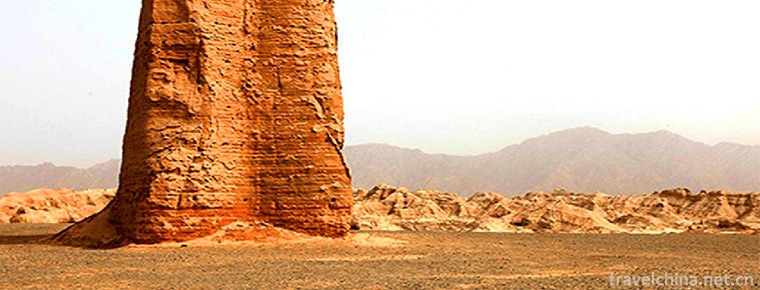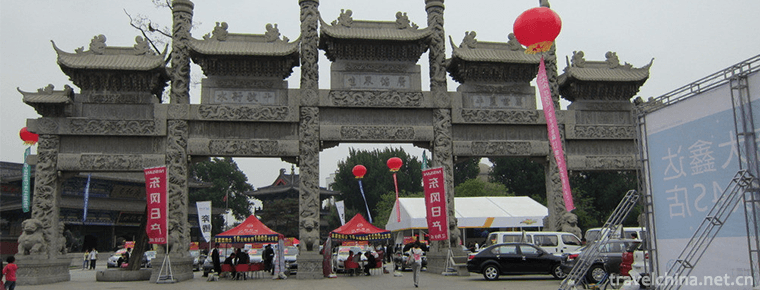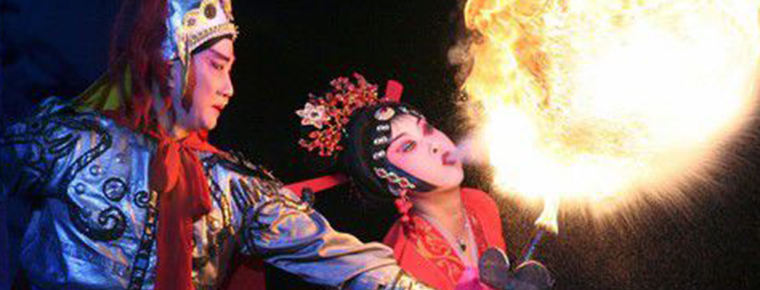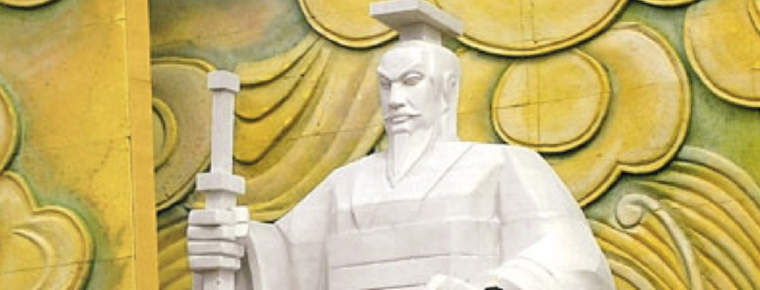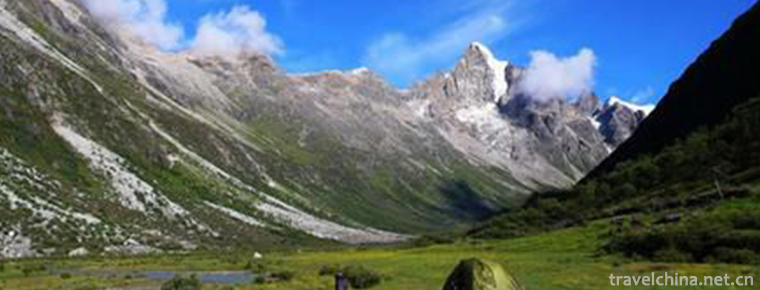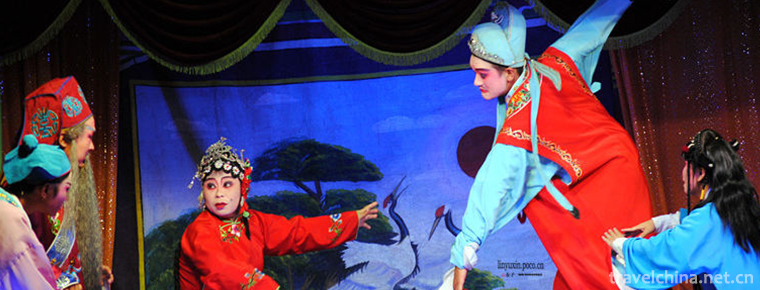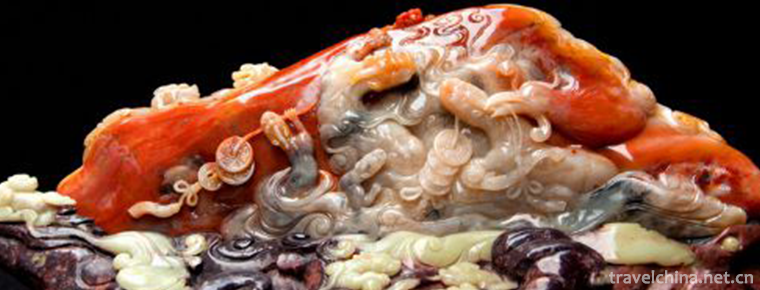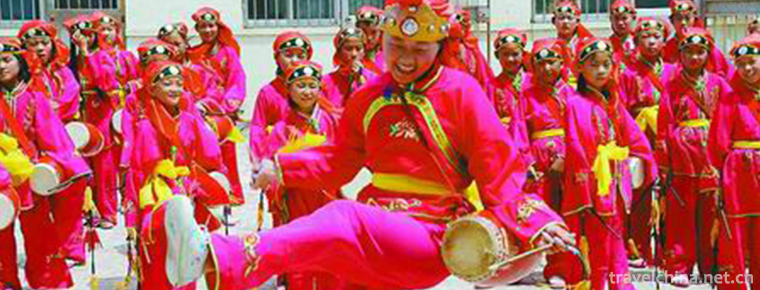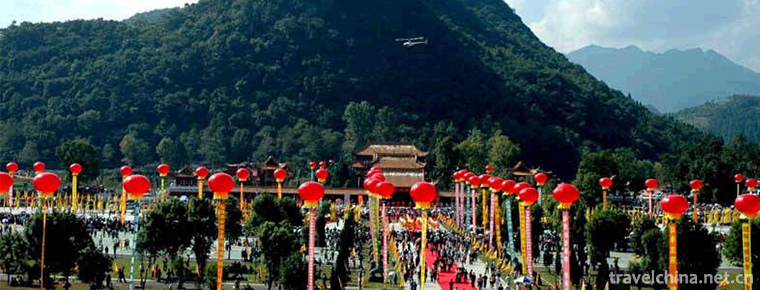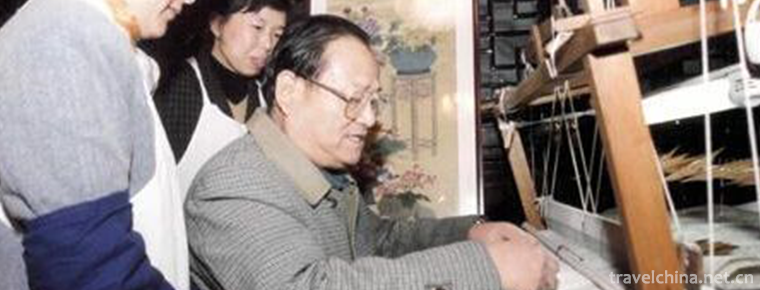Qianjiang Folk Songs
Qianjiang Folk Songs
Qianjiang folk song is a traditional folk song in Hubei Province. Popular in Qianjiang City, folk songs created by local working people in their work, life and customs. Its rich content, wide range of subjects, variety and unique style make relevant experts and scholars amazed. In a sense, Qianjiang folk song is also the weapon of struggle, the command of labor, the carrier of lyricism and the tool of entertainment for the local people.
On June 7, 2008, Qianjiang folk song declared by Qianjiang City of Hubei Province was listed in the second batch of national intangible cultural heritage list with the approval of the State Council. Heritage serial number: 581 II-82.
historical origin
Qianjiang folk song is one of the typical representatives of Chu Song legacy. In the Zhou Dynasty, she belonged to Zhou Nan, ranked first among the fifteen national styles, and was the main body of elegant music and Yan Yue; in the late Warring States Period, "Yang (Yang) A", which Quyuan and Song Yujin liked to talk about, was Qianjiang folk song; in "Four Sides of Chu Song", it sang "Chicken Song" of Qianjiang; in the Han Dynasty, "Chu Song Says Yan" and in the Wei and Jin Dynasties, Qianjiang folk song. Jiang folk song is an indispensable part. "Lower Voice" refers specifically to Qianjiang folk songs. Emperor Liang Jianwen of the Southern Dynasty said in The Book of Kings in Eastern Hunan: "Therefore, the jade emblem Jinju is scorned by my humble eyes, and the Ba people are more likely to listen to it."
artistic characteristics
Qianjiang folk songs are rooted in Qianjiang dialect. In addition to the Chu dialect of "Lun" and "some" in "Chuci" which is still the common "mantra" in this area, the tone color analysis of the language shows that Qianjiang, Tianmen and Xiantao (formerly Xuyang) are a color area, which is relatively independent of Jianghan because of less influence from the outside world. The plain has some influence. The Qianjiang River is the center of this color area, and the tone of the language radiates to the surrounding counties and cities to form variations. Its linguistic tone features are as follows: high tone is a color tone, which is classified as Yinping and deafening of the four tones in the tone of voice; middle tone is a nuclear tone, which is classified as Yang Ping; bass is a pillar tone, which is classified as upper tone.
Qianjiang folk songs mostly belong to three-tone folk songs. There are four kinds of common forms: 1. the symbolic trisyllable "152 (1 is treble)"; 2. the Gong trisyllable "315 (5 is bass)"; 3. the feather trisyllable "163 (1 is treble)"; 4. the twin trisyllable "652". These four prototypes of regular trisyllables are like the deformation of harmony transposition, and the free alternation and mutual penetration of these trisyllables lead to rich and colorful folk music. So Qianjiang has been known as "the land of folk songs" since ancient times. In Huainanzi Shuoshan, "Those who want beauty and harmony must begin with Yanga and Cailing." "Jiangling Music" in "Everyone stop to see, the voice is good." It is the praise of Qianjiang folk songs in historical books.
Representative repertoire
"Counting clams", "Urging" and "Where can I go back to my mother's house in my spare time", "Cucumber" and "Shixu Shoes", "There's a Small Place in China" by Wang Yan in 2011, and "Singing Your Qianjiang" by Zhang Wao, a Qianjiang singer, etc.
Inheritance Significance
1. Blind artists sing: Blind artists make a living by singing, absorbing a large number of folk songs and minor tunes into the song heritage;
2. Labor inheritance;
3. Inheritance combined with customs and festival customs;
Fourth, the inheritance of drama: Jingzhou Huagu Opera and Shadow Opera absorb and draw lessons from Qianjiang folk songs to spread into the opera.
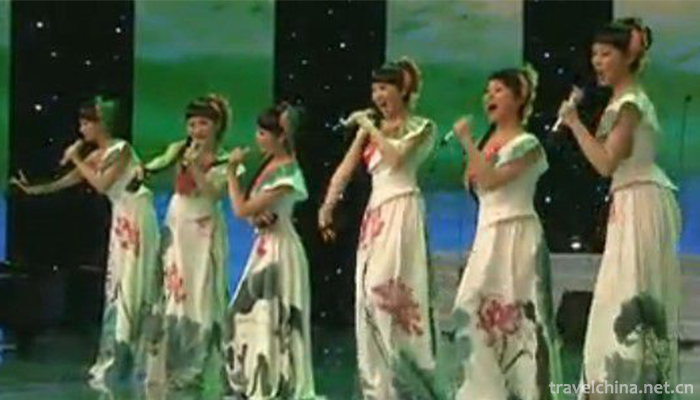
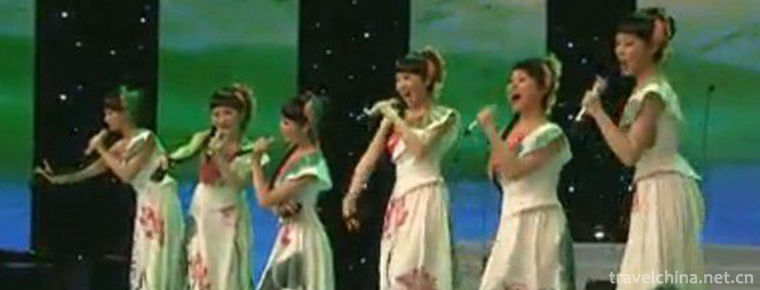
Qianjiang Folk Songs
-
Shanghai Wild Animal Park
Shanghai Wild Animal Park , located at 178 Nanliu Highway, Pudong New Area, Shanghai, is the first National Wildlife Park in China built by the Shanghai Municipal People's Government and the State For
Views: 189 Time 2018-12-05 -
Kizil Gaha Peak Sui
Located on the east side of Saltwater Valley in the northwest of Kuqa County Town, Kizil Mahabi is a towering ancient military building with the meaning of "old red mouth" or "red sentr
Views: 153 Time 2018-12-23 -
Guangyou Temple Scenic Area
Guangyou Temple is located in Liaoyang City, Liaoning Province, with Baita in the West and moat in the east. It covers an area of 60,000 square meters. The central axis of the north and south is archw
Views: 168 Time 2019-01-13 -
Two tones of Han tune
Originally known as "Shan Er-huang", "Tu Er-huang" or "Shan Er-huang", the second largest traditional opera in Shaanxi Province is one of the traditional local operas in
Views: 179 Time 2019-05-02 -
Huang Di memorial ceremony
Yellow Emperor's sacrificial ceremony is a kind of sacrificial music and dance to celebrate Xuanyuan Huangdi's pioneering achievements in Chinese civilization. The theme of
Views: 144 Time 2019-05-04 -
Jiali Folk Stories
On May 23, 2011, Jiali Folk Stories were approved by the State Council to be included in the third batch of national intangible cultural heritage list.
Views: 404 Time 2019-05-05 -
PuXian opera
Puxian Opera is one of the oldest operas in China. It originated in Tang Dynasty, became in Song Dynasty and flourished in Ming and Qing Dynasty. It is known as the "living fossil" of Southe
Views: 134 Time 2019-06-09 -
Qingtian Stone Carving
Qingtian stone carving originated in the period of "Kanze Culture" 5000 years ago. During the Tang and Song Dynasties, there were breakthroughs in creative themes and techniques. During the
Views: 162 Time 2019-06-11 -
Shandong Huagu
Shandong Huagu is a traditional folk art form with Huagu as the main accompaniment instrument. It is also the only type of walking songs in Shandong folk art. Shandong Huagu is very good at expressing
Views: 175 Time 2019-06-13 -
Sacrifice to Emperor Shun
Modern Shun Emperor Mausoleum sacrificial activities take the theme of "respecting ancestors and patriotism, inheriting civilization, uniting people's hearts and promoting development". The
Views: 139 Time 2019-06-16 -
Silk weaving skills in Suzhou
Tilting, also known as carving, is an ancient and unique traditional weaving process in China. It mainly exists in Suzhou and its surrounding areas. Since the Southern Song Dynasty, Suzhou silk has be
Views: 362 Time 2019-06-17 -
Bowang mountain
Bo (B ó) Wang mountain, also known as Bowang mountain. Bowang mountain is one of the most important breeding and living places of the ancient Bo nationality. It was known as lunzhudadun and shitoudazhai in ancient times
Views: 170 Time 2020-10-16

